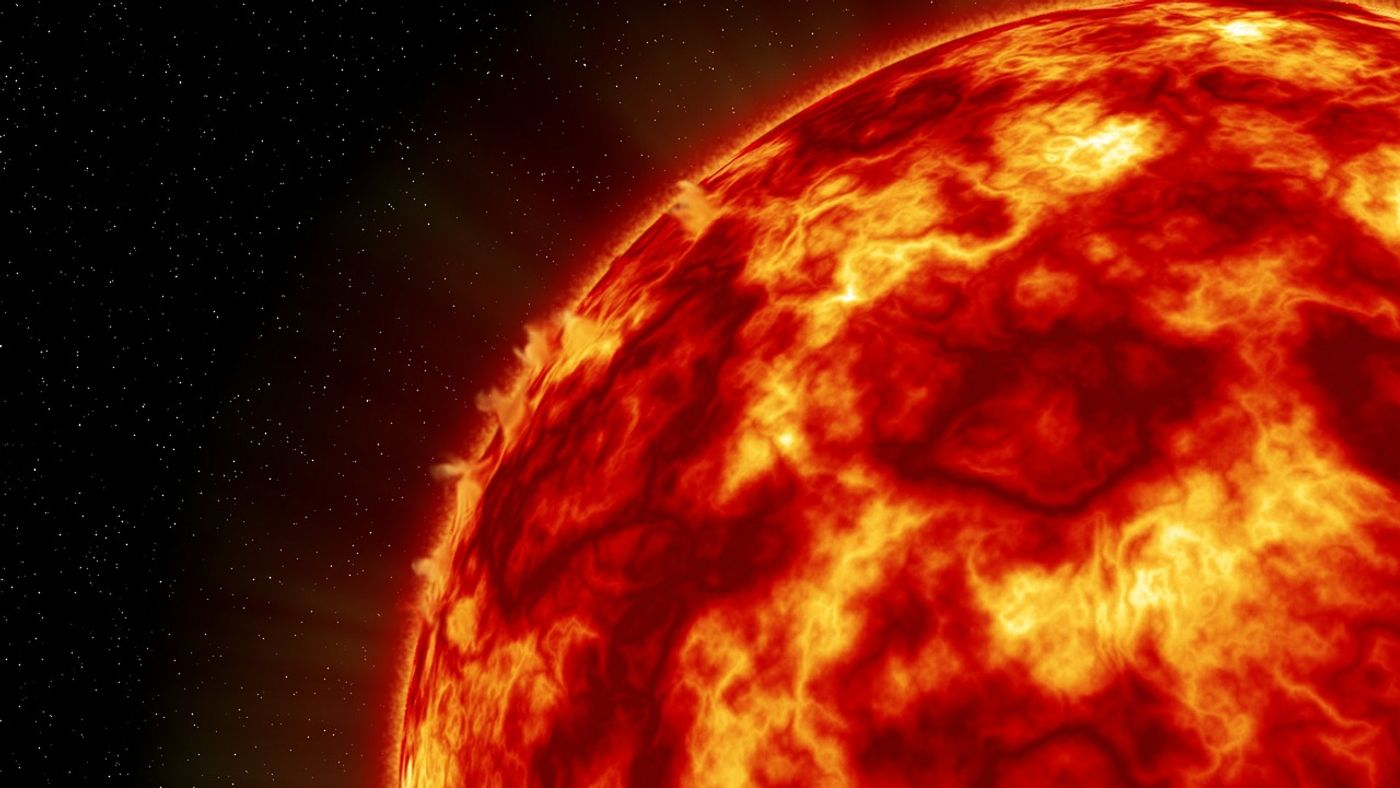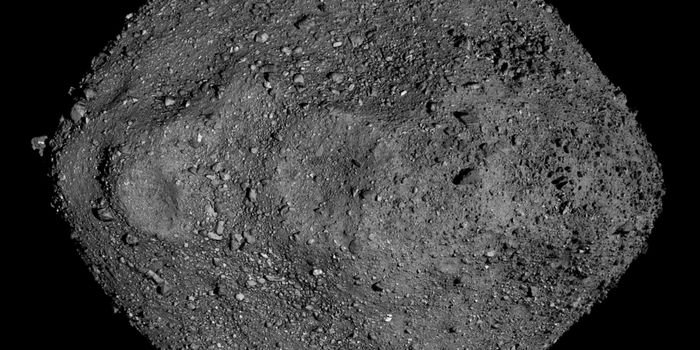Does the Sun Have a Twin?
Many of us take the Sun for granted as the big ball of light in the sky that produces the heat on Earth necessary for life to exist, but scientists now say it’s possible our Sun could have a twin.
Image Credit: LoganArt/Pixabay
Albeit not an identical twin, a new paper from Harvard and UC Berkley researchers is now available on arXiv.org and has been accepted for publication in the Proceedings of the National Academy of Sciences that suggests all or most stars similar to our Sun are born in sets. More importantly, our Sun was probably no different.
If it sounds weird, that’s because we’re not used to hearing that there might have been two stars in our Solar System at one point in time. Nevertheless, these scientists seem convinced that such a stellar twin has since drifted off into interstellar space and is now residing somewhere else in our Milky Way galaxy.
Experts are calling the missing companion star ‘Nemesis,’ and say that it’s probably still out there, somewhere.
Related: Hubble captures the moments of a spectacular star explosion
As it turns out, stars like our Sun are commonly born in sets of two or sometimes three inside of dense cores, which are egg-shaped clouds. To test their theory, researchers studied the Purseus nursery and found that almost all of the young stars aged 500,000 years or younger were separated by around 500 astronomical units or more and were aligned with the long axis of these dense cores.
“We are saying, yes, there probably was a Nemesis, a long time ago,” said co-author Steven Stahler, a UC Berkeley research astronomer.
“We ran a series of statistical models to see if we could account for the relative populations of young single stars and binaries of all separations in the Perseus molecular cloud, and the only model that could reproduce the data was one in which all stars form initially as wide binaries. These systems then either shrink or break apart within a million years.”
Related: There are only 7 stars like this one in the entire Milky Way galaxy
Even neighboring stellar systems like Alpha Centauri have stellar twins; although the stars aren’t identical, it’s a part of a triplet system.
There’s no hard evidence that every stellar system is born with companions, so this theory is certainly just that, but as astronomers focus on younger stellar systems, they are finding more and more companions than in older systems, which seems to have implications favoring the theory.
Related: A distant star might be on a crash course with our Solar System
More research into the development of stellar systems and the physics that rips them apart is needed to understand if or how Sun-like stars are really born in clusters like this and what makes them part over time. Perhaps it could even help us locate our Sun's long-lost twin, if there is one.
Source: Berkley News









